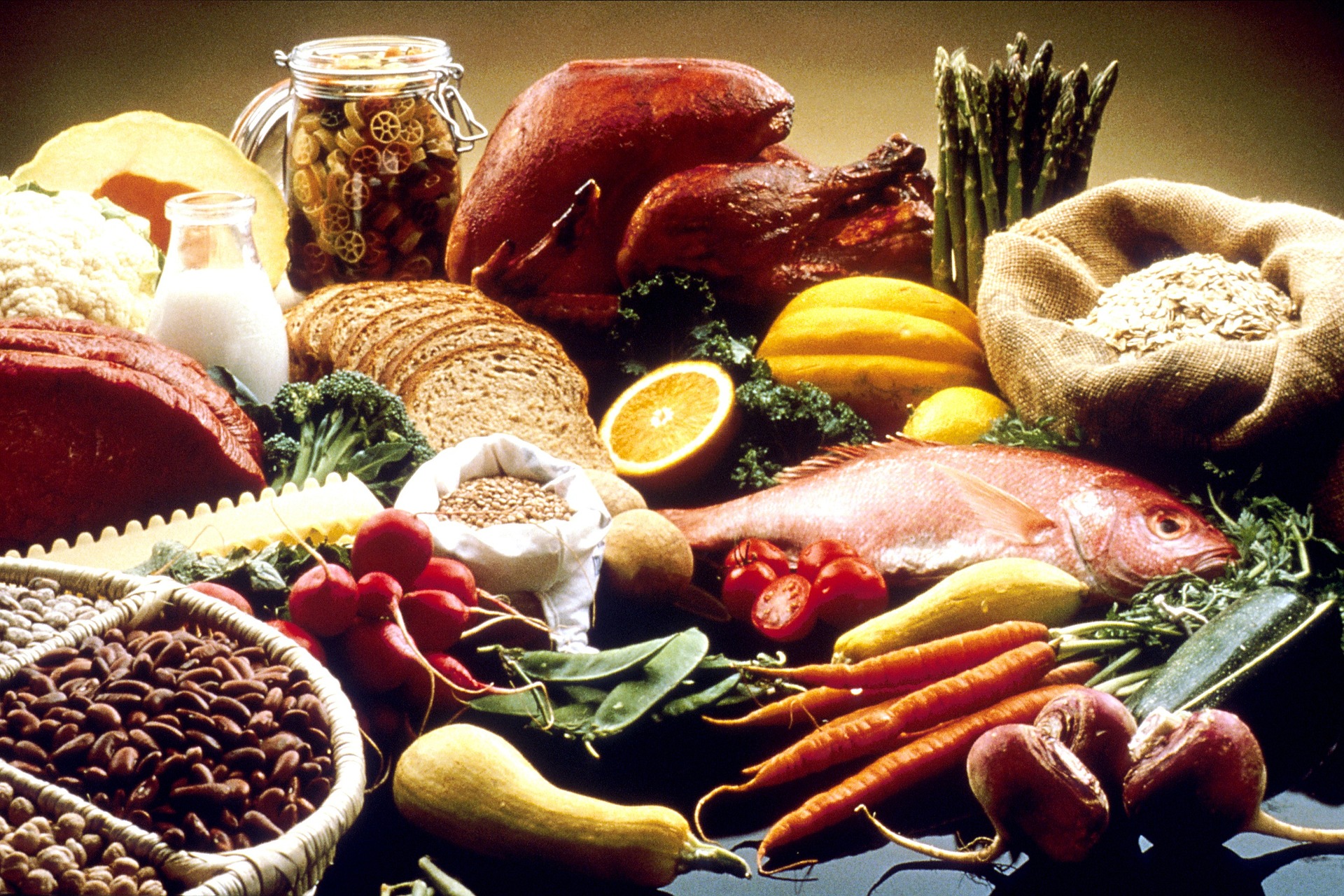Prevalence of Meals Insecurity in NCAA Division III Collegiate Athletes
Brown ML, Karpinski C, Bragdon M, Mackenzie M, Abbey E. J Am Coll Well being. 2021 Sep 1:1-7. doi: 10.1080/07448481.2021.1942886. Epub forward of print.
https://pubmed.ncbi.nlm.nih.gov/34469260/
Take-House Message
Meals insecurities exist amongst NCAA Division III student-athletes, and quite a few danger elements enhance the chance of meals insecurity.
Background
A scarcity of constant entry to secure and wholesome meals (meals insecurity) is a well being care concern affecting 20-42% of school college students. Nevertheless, analysis on the prevalence of meals insecurity and the chance of meals insecurity has centered on Division I athletes and nonathletes, leaving a lot unknown relating to meals insecurity amongst Division II and III student-athletes.
Research Purpose
The authors sought to find out the prevalence of meals insecurity amongst NCAA Division III student-athletes.
Strategies
The authors surveyed 787 NCAA Division III student-athletes in February 2020. The athletes accomplished a 41-question on-line survey comprising 18 demographic questions, 5 questions on meals insecurity, and 17 further questions on meals insecurity developed by the authors. The authors recruited athletes by emailing the athletic director at every program with a request to share the survey data and hyperlink with their athletes.
Outcomes
The members represented 20 of the 44 Division III conferences and 19 of the 24 NCAA sports activities. A lot of the members have been white (82%) females (63%) between the ages of 18 to 21 years (89%). Virtually 1 in 5 athletes reported being first-generation faculty college students, and 18% obtained a Pell Grant. Moreover, the student-athletes reported that the majority attended in-person/campus lessons (94%).
The authors discovered that the general prevalence fee for meals insecurity was ~15%. Roughly 30% of student-athletes “strongly agreed” or “agreed” that the 2020 NCAA feeding rules and restrictions of when and what athletic applications can present contributed to their points with meals insecurities. Two-thirds of the athletes reported that if they’d extra entry to meals their tutorial efficiency (57%), athletic efficiency (68%), and total well being (68%) would enhance.
Lastly, the authors discovered many elements that contributed to meals insecurity. Particularly, many athletes with meals insecurity reported that the timing of practices (45%) and video games (22%) saved them from accessing the eating halls. Hispanic (8 out of 42) and Black (9 out of 28) student-athletes have been extra more likely to report meals insecurity and have been extra probably to not have a meal plan (7% of Asian college students and 17% White student-athletes, whereas 22% of black college students didn’t have a meal plan). Moreover, meals insecurity was extra generally reported by people who obtained a Pell Grant (27% vs. 11%), have been first-generation faculty college students (27% vs. 11 %), and reported having meals insecurity earlier than faculty (53% vs. 12%).
Viewpoints
The authors discovered that NCAA Division III student-athletes are liable to meals insecurities. Additional, the authors recognized particular teams which are at a better danger of meals insecurity. We’d like bigger research to know higher how one can cut back meals insecurity on this inhabitants. Nevertheless, this novel examine suggests we have to re-evaluate NCAA meals rules and encourage our establishments to re-evaluate how lengthy their eating companies can be found to college students.
Medical Implications
This examine means that clinicians working at collegiate establishments ought to concentrate on the chance elements contributing to meals insecurity. Moreover, they need to consider their establishment’s meals applications and eating service hours to make sure student-athletes have entry to meals to advertise constructive total well being outcomes.
Questions for Dialogue
How do you guarantee your athletes are getting sufficient to eat? Why or why not? Do you are feeling your athletic program/faculty has enough meal plans and eating corridor hours on your athletes? Why or why not?
Associated Posts
- Worldwide Affiliation of Athletics Federations Consensus Assertion 2019: Diet for Athletics
- Place of the Academy of Diet and Dietetics, Dietitians of Canada, and the American Faculty of Sports activities Medication: Diet and Athletic Efficiency
Written by: Jane McDevitt
Reviewed by: Jeffrey Driban


